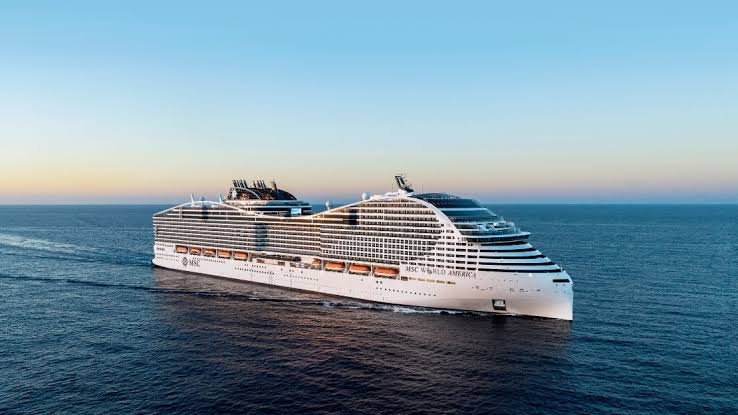In a stunning development poised to shake up the cruise industry, MSC Cruises has announced plans to develop a brand-new private island just a short distance from its already famous Ocean Cay Marine Reserve in the Bahamas. The bold expansion, revealed in a surprise statement this morning, will double the cruise line’s exclusive footprint in the region and redefine private island luxury.
Dubbed “Ocean Cay II” by insiders, the new island will reportedly feature unprecedented amenities, including an overwater bungalow village, a floating amphitheater, and what sources describe as the largest man-made lagoon in the Western Hemisphere. The move signals MSC’s aggressive ambition to dominate the Caribbean private island experience, traditionally controlled by competitors like Royal Caribbean and Disney Cruise Line.
Environmental groups expressed immediate concern over the announcement, especially given the island’s proximity to the environmentally restored Ocean Cay Marine Reserve. While MSC insists that the new island will be built with “carbon-neutral technology and sustainability at its core,” critics are demanding full environmental impact assessments before any development begins.
Shockingly, leaked planning documents suggest that MSC Cruises may repurpose parts of the surrounding seabed to shape the new island, a strategy not seen since the controversial land reclamation projects in the Persian Gulf. If true, this would raise serious questions about the long-term environmental viability of the project, despite the company’s green pledges.
Tourism analysts are stunned by the scale and timing of the development. “This isn’t just an expansion—it’s an arms race,” said cruise industry expert Linda Moreau. “MSC is not just trying to compete; they’re trying to eclipse everyone.” She added that the move could potentially spark a new wave of billion-dollar private island developments across the Caribbean.
The island is expected to be completed by 2028 and will serve as a dual destination with Ocean Cay, allowing guests to experience both islands on a single itinerary. Early blueprints hint at an underwater restaurant, a marine life sanctuary, and even a “sky tram” connecting the two islands via suspended cable over the sea.
MSC Cruises has not disclosed the total investment cost, but estimates suggest the figure could exceed $1.5 billion, making it one of the most expensive cruise destination developments in history. The company says the project will create thousands of local jobs during construction and operation, although details on labor sourcing remain vague.
Local Bahamian officials offered cautious praise, citing potential economic benefits but warning that “any threat to our marine environment will be met with firm resistance.” A formal review by the Bahamian government is scheduled to begin within the next 60 days, and activists are already organizing protests and petition drives.
As the cruise industry rebounds from recent global disruptions, MSC’s jaw-dropping plan for a second private island could usher in a new era of extravagant seaborne tourism—or ignite a fierce battle over environmental stewardship in one of the world’s most delicate ecosystems. One thing is clear: the calm waters of the Caribbean are about to get a lot more turbulent.
